Australian suburbs with young populations make up COVID-19 hot spots
New data has revealed the Aussie suburbs being hit hardest by the deadly COVID-19 virus are areas with mainly young populations. SEE THE LIST OF SUBURBS

Coronavirus
Don't miss out on the headlines from Coronavirus. Followed categories will be added to My News.
- The Aussies suffering the most from isolation anxiety
- Stressed Aussie parents struggle with home schooling
New data has revealed the deadly COVID-19 virus is targeting Australian suburbs with younger populations.
News Corp has assessed data from the regions hit hardest by the virus in New South Wales and Victoria and found the average population age is 36.5 and 36.4 respectively.
Both have an over 60s population of just 18 per cent, the group most at risk of dying from the virus.
By comparison the 20 Local Government Areas (LGA) with the fewest number of cases in each state have an average population age of 41.65 (NSW) and 45.6 (VIC).
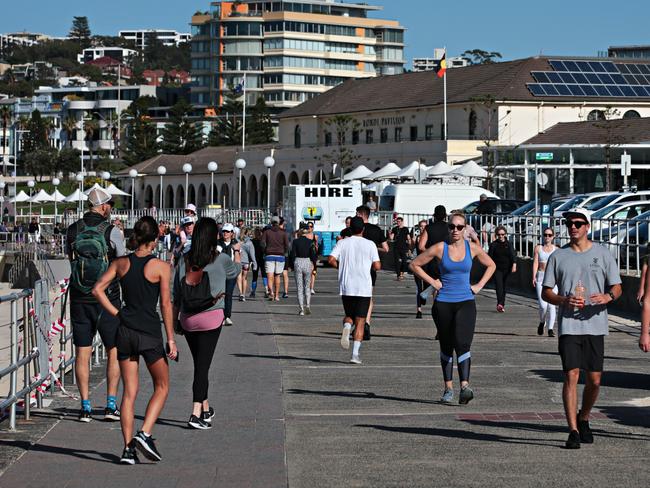
NSW’s virus hot spots include Waverley, Northern Beaches, Sydney and the Central Coast and Victoria counts Stonnington, Geelong and Mornington Peninsula among its most impacted areas.
Queensland has largely bucked the trend with an average median age of 39.38 and 39 respectively across its five hardest-hit and six lowest-hit areas.
Professor Lyn Gilbert, an infectious disease physician from the University of Sydney’s Marie Bashir Institute for Infectious Diseases and Biosecurity, said the trend wasn’t surprising as younger demographics tended to be more social and travel overseas.
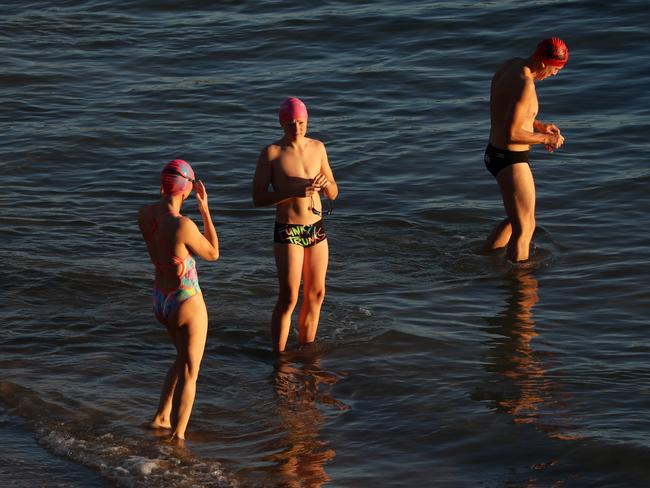
“I think it’s just the sort of obvious reason that young people tend to congregate together, often very closely, probably exchange saliva quite frequently,” Prof Gilbert said.
“I don’t think there’s anything mysterious about it. I think it is very much to do with socialising closely in large numbers.
However, she warned young people not to be complacent.
“There is a risk and there are certainly some in Australia at the moment in their 30s who are quite ill in ICU,” she said.
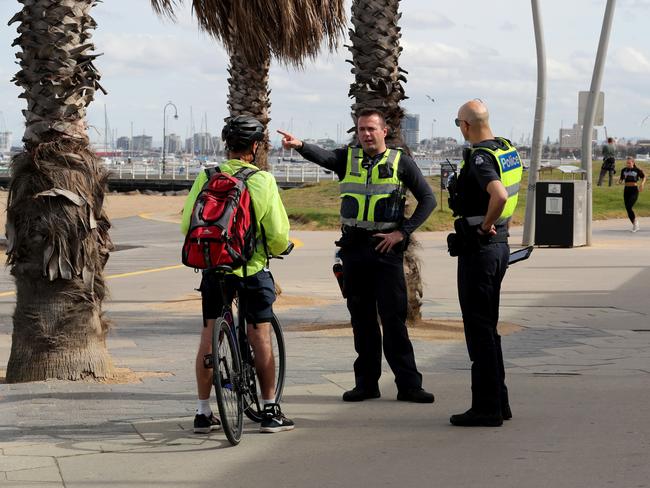
“Often there are underlying chronic health problems that are the basis for some of these more severe cases. But it’s certainly true that the vast majority of young people who become infected have a very mild infection.”
Emma Blomfield, 33, an interior designer from Annandale in Sydney’s Inner West, has been self-isolating for three weeks and said she was taking the government’s advice seriously.
“The first week was really rough, I really resisted it but I’ve found this week I’ve kind of slotted into my normal routine and it’s not as bad as I thought it was going to be,” she said.
“At first when it first became a bit of a threat to us and the lockdown was initially discussed I was like, I’ll be fine it’s the older people.
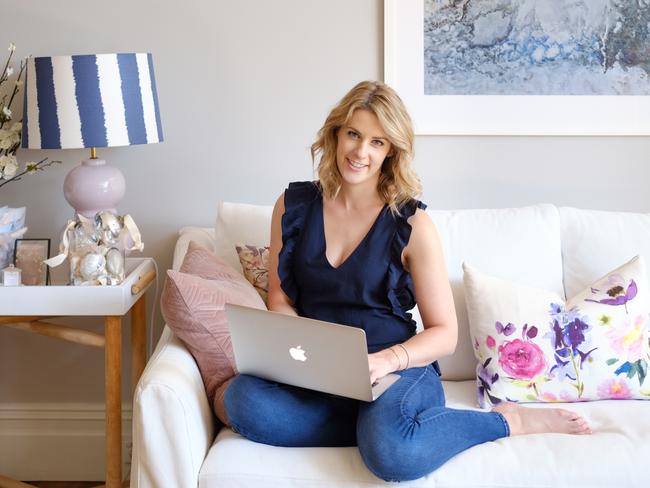
“But as things have progressed and more and more cases have come out in the younger category it is definitely something that I’m now much more cautious about – probably in the last fortnight in particular.”
Ms Blomfield said some of her friends were self-isolating like her, but others were “still operating relatively as normal”.
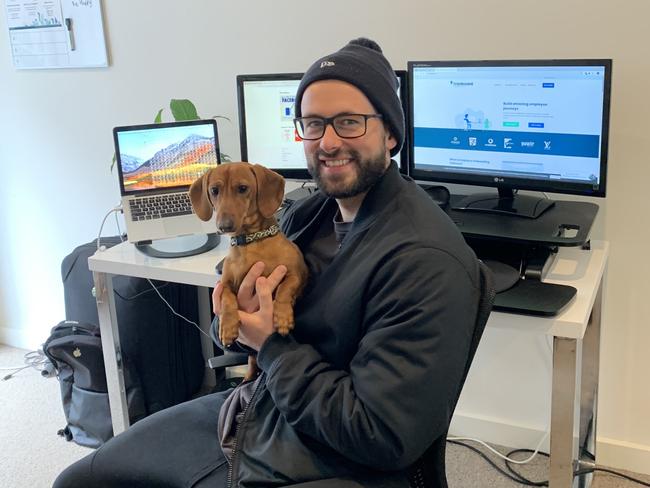
MORE NEWS
Former Tyrell detective fined $10k
New Ruby Princess death as Premier pledges inquiry
Bikies, dinner party guests slapped with social distancing fines
“That’s what concerns me because I think they’re the ones that are probably most at risk,” she said.
“We’re in the category that would have parents in the elderly age group or at least immune compromised so we’re the ones that should be taking it seriously on behalf of our parents.”
Adam Stewart, 27, works in digital marketing and said he and his girlfriend were now only leaving their home in Melbourne’s Sandringham to go to the shops.
Mr Stewart lives in the Bayside LGA which, as of Tuesday, had the 17th highest number of COVID-19 in the state cases at 27.
“I’m not worried about getting it myself, it’s more just be spreading it to other people that might be in a bad place where if they got the disease it would be deadly,” he said.
“My dad, for example, he’s 70 years old and I’m just scared about them getting it.
“I’m pretty lucky with my friendship group, they’re really good about this (self-isolating), but there’s definitely groups of people you hear about who aren’t so good at doing this.”
